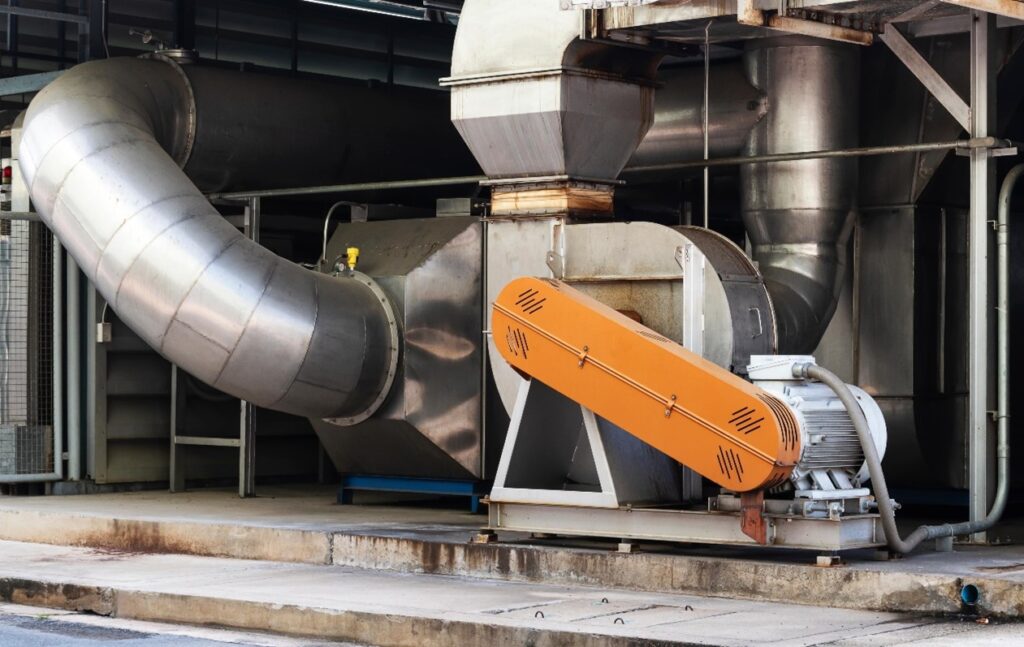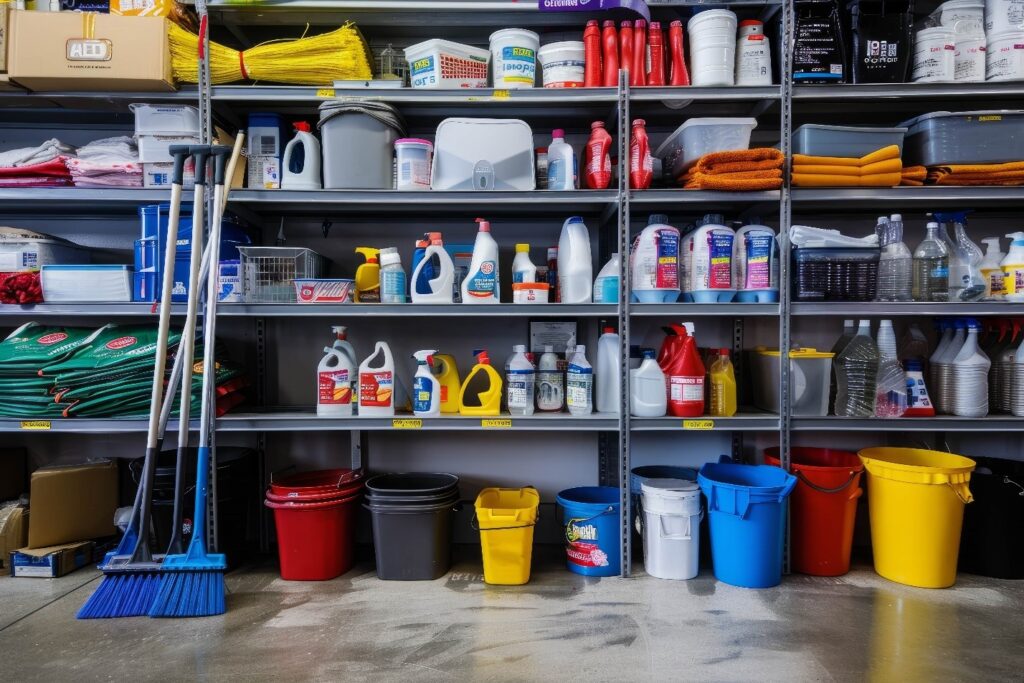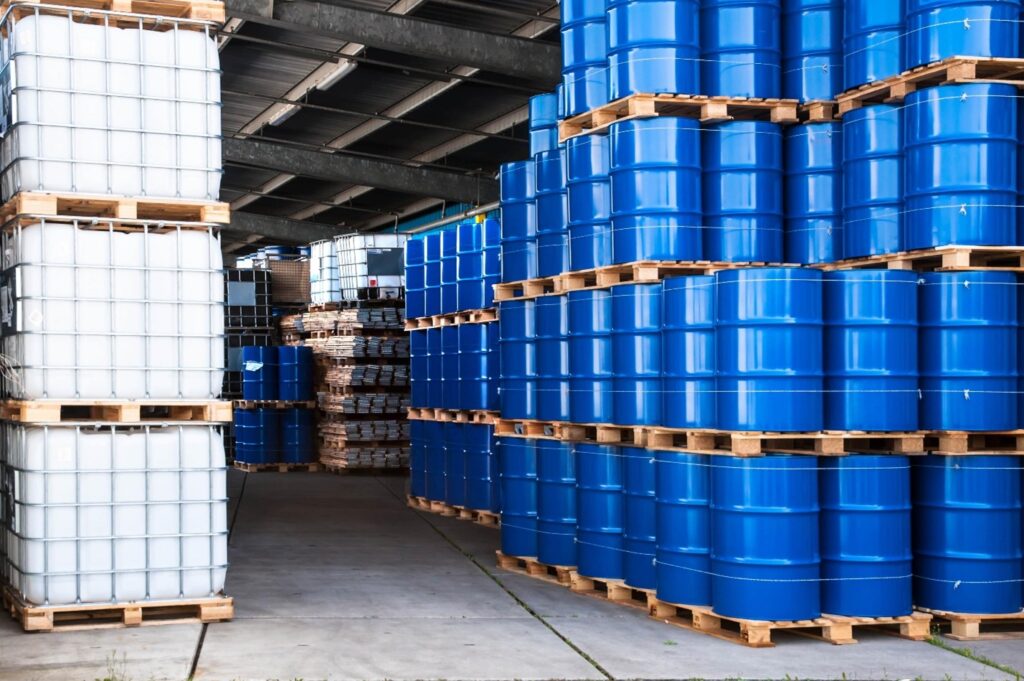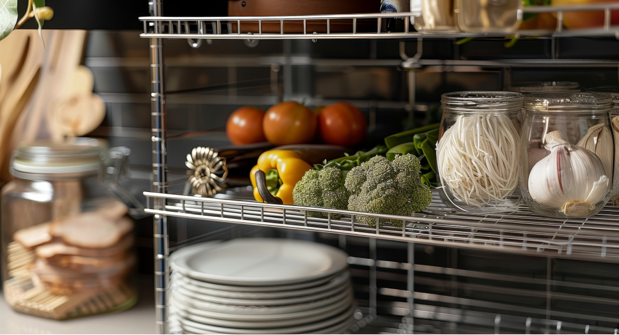
In today’s business environment, air quality is a growing concern for companies aiming to provide a safer, healthier workspace for employees and clients. Clean air is not only essential for health but also impacts productivity, employee satisfaction, and overall workplace efficiency. Many industries, from manufacturing plants to office complexes, are turning to advanced air filtration solutions to ensure a cleaner indoor environment. One of the latest innovations in this field comes from a prominent national distributor of industrial products, Global Industrial Port Washington reviews how they have recently introduced its most powerful air scrubber and negative air machine to date.
The new Commercial Air Scrubber & Negative Air Machine with HEPA Filtration, 3300 CFM offers businesses a state-of-the-art solution designed to filter, scrub, and clean up to 4.7 million cubic feet of air per day. This machine is engineered to optimize indoor air quality by leveraging its powerful airflow and advanced filtration technologies.
The Need for Air Scrubbing Solutions
Airborne contaminants such as dust, allergens, chemicals, and pathogens can severely compromise the overall air quality of enclosed spaces. Poor air quality can lead to several issues, including employee health concerns, reduced productivity, and potential violations of health and safety regulations. As businesses seek solutions to tackle these challenges, effective air scrubbing systems have become a vital tool.
This is where the company steps in with its latest offering: a high-performance air scrubber and negative air machine that delivers industrial-strength purification with precision and reliability.
Features that Set the New Air Scrubber Apart
The new air scrubber isn’t just another filtration device—it is specifically designed to provide unparalleled air purification for large spaces. Below are some of the features that make this machine an invaluable tool for businesses focused on maintaining optimal indoor air quality:
- Two-Stage Filtration System: This feature ensures advanced air purification, capturing a wide range of airborne particles. The two-stage filtration process works by first trapping larger particles, followed by the HEPA filter, which eliminates finer contaminants such as allergens and pathogens.
- High Cleaning Capacity: With the ability to filter up to 4.7 million cubic feet of air per day, this machine is designed for large facilities that require constant air filtration and scrubbing. This level of performance makes it suitable for everything from industrial warehouses to call centers.
- 3300 CFM Air Flow: The machine delivers an impressive 3300 cubic feet per minute (CFM) of air flow, ensuring rapid air turnover and scrubbing efficiency. This allows it to handle heavy-duty tasks without losing effectiveness over extended periods of operation.
- Quiet Operation: One of the standout features of this air scrubber is its low noise level. Despite its high power, the machine operates at only 75 decibels, making it ideal for indoor environments where noise may be a concern, such as offices or customer service centers. Employees can continue their work without being disrupted by the hum of machinery.
- Compact and Portable Design: For facilities where flexibility is important, the air scrubber’s compact design and portability make it easy to move to different areas. This allows businesses to address air quality issues in multiple rooms or floors without the need for bulky equipment installations.
- Durability and Longevity: Built with steel housing construction, this machine is designed to last. Its rugged design ensures that it can withstand demanding environments and maintain high performance over time.
Flexibility for Different Applications
This air scrubber offers more than just powerful filtration—it also acts as a negative air machine. Negative air machines are designed to create a vacuum effect by removing contaminated air from an enclosed space and directing it outside through ducts. The machine’s exhaust is located at the top, providing additional flexibility for use in environments where certain areas need isolated ventilation.
Another unique feature of the machine is its triple capacity capability. Up to three units can be plugged into a standard 115-volt outlet, allowing for even greater efficiency and coverage without the need for additional space or complex installations. This feature is particularly beneficial for businesses that need to scale their air filtration capabilities quickly and efficiently.
Why Air Scrubbing Matters
Improving indoor air quality can have far-reaching benefits for businesses. Clean air helps reduce absenteeism due to health issues, enhances employee concentration, and improves overall morale. Moreover, for businesses operating in environments with strict air quality regulations, having a powerful air scrubber can help ensure compliance while maintaining a safe workplace.
For industries such as healthcare, manufacturing, or construction—where air quality is often compromised by the presence of dust, chemicals, or other contaminants—this advanced air scrubber is a genuine game-changer. Not only does it meet the high demands of these sectors, but it also provides peace of mind by offering cleaner, healthier air to breathe.
As air quality becomes an increasingly important consideration for businesses of all sizes, having access to powerful, reliable air filtration systems is more critical than ever. The company’s latest air scrubber is a cutting-edge solution that combines advanced technology, flexibility, and durability to provide businesses with the tools they need to improve their indoor air environments.
This innovative air scrubber from Global Industrial is more than just a product—it’s a long-term investment in the health and well-being of employees and customers alike. By incorporating this powerful tool into your facility, you can ensure that your business is providing cleaner air, greater efficiency, and a healthier workspace for everyone.













